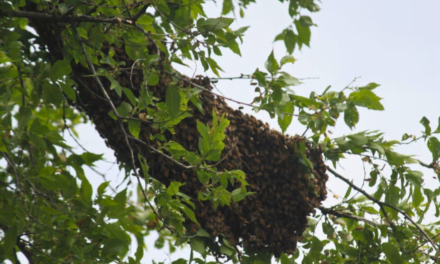As the seasons change, so does our perception of time. Daylight Savings Time (DST) is an adjustment that can affect everyone in the family, especially children. While gaining or losing an hour might seem a trivial annoyance to adults, it can disrupt children’s routines, leading to crankiness, difficulty sleeping, and other challenges. However, with some preparation and mindful strategies, parents can ease their child’s transition into DST seamlessly. In this guide, you will discover effective techniques to help your child adjust to Daylight Savings Time with minimal disruption to daily routines.
what is daylight savings time?
Daylight Savings Time, implemented in many countries around the world, involves setting the clocks forward by one hour during spring and setting them back by one hour during autumn. The primary goal is to make better use of daylight and conserve energy. However, the shift in time can disrupt our internal body clocks, known as circadian rhythms, affecting sleep patterns and overall well-being.
tips to help your child adjust to daylight savings
1. gradually adjust bedtime
Start preparing your child for the time change a few days before it occurs. Gradually shift their bedtime by 15 to 20 minutes each night leading up to DST. This gradual adjustment can help their body adapt to the new schedule without causing too much disruption.
2. maintain a consistent bedtime routine
A consistent bedtime routine is crucial for children, especially during times of change. Stick to your regular bedtime rituals, such as reading a book, taking a warm bath, or listening to calming music. This familiarity signals to your child that it’s time to wind down and prepare for sleep, regardless of the time change.
3. adjust nap times
If your child takes naps during the day, adjust their nap schedule accordingly to accommodate the time change. Try to maintain consistent nap times to prevent overtiredness and crankiness. If needed, gradually shift their nap times by 15 or 20 minutes each day leading up to DST.
4. increase exposure to daylight
Exposure to natural light helps regulate our circadian rhythms and signals to our bodies when it’s time to wake up and sleep. Encourage outdoor playtime during the day to maximize exposure to daylight. Open curtains and blinds in the morning to let natural light into your home, signaling to your child’s body that it’s time to wake up.
5. limit exposure to screens before bed
The blue light emitted by screens, such as smartphones, tablets, and TVs, can interfere with melatonin production and disrupt sleep patterns. Limit your child’s screen time in the evening, especially within the hour before bedtime. Instead, opt for calming activities such as reading or quiet play to help them relax before sleep.
6. create a comfortable sleep environment
Ensure that your child’s sleep environment is conducive to restful sleep. Keep the room cool, dark, and quiet, and invest in comfortable bedding. Consider using blackout curtains to block out any excess light, especially during the longer daylight hours of DST. Amazon has some really cute inexpensive light-blocking curtains for kids.
7. be patient and flexible
Adjusting to Daylight Savings Time may take some time for your child, so be patient and flexible during the transition period. Understand that they may be more tired or irritable than usual as their body adjusts to the new schedule. Offer comfort and reassurance and be prepared to adapt your routines as needed to accommodate their needs.
Daylight Savings Time can disrupt our daily routines, especially for children who thrive on consistency and structure. However, with careful planning and a few simple strategies, parents can help their child adjust to the time change smoothly. By gradually shifting bedtime, maintaining a consistent routine, and optimizing their sleep environment, you can minimize the impact of DST on your child’s sleep patterns and overall well-being. Remember to be patient and flexible during the transition period. Soon enough, your child will adapt to the new schedule with ease.

Antoinette
You can find more parenting & Montessori homeschool help on my author page.
The Amazon affiliate link to the curtain collection may earn a small percentage for 3 Moms blog but won’t cost you anything if you shop.
4th of July Beekeeping Breastfeeding Budgeting Childhood Allergies Christmas Culture/Geography/History Doctor Visits Encouragement Food Allergies Free Montessori Printables Free Printables Funschooling Gardening Gluten-Free Grain-Free Home Management Homeschool Curriculum Homeschool for Free Homeschool Organization Homeschool Planning Homeschool Printables homeschool transcript Humor Infant Kids Birthdays Language Arts Meal Planning Montessori Home Montessori Homeschooling Montessori Parenting New to Homeschooling Pets Positive Parenting Practical Life Printable Planners Recipe Recipe Cards Science Summer The Thrifty Widow Toddler Unschooling Vegan Youth sports





